Sensory Play at Playgrounds
A play area is much more than a mere entertainment space for kids. It forms the foundation of a child’s overall development and is an essential part of their social life. Playgrounds are areas where children develop their social, emotional, physical, and mental skills. As a result, a playground should be planned in a way to stimulate this development and boost the value of their playtime.
Including sensory elements in a play area helps stimulate multiple senses, such as touch, sight, hearing, and kinesthetic awareness. Sensory play often involves complex forms of learning and encourages kids to think creatively and enriching their play experience. It also allows kids to be fully engaged in play while encouraging them to be creative and improving their fine motor skills.
Read on to know more about how sensory play at playgrounds can help kids make the most of their playtime.
Benefits of Sensory Play for Kids
-
Develops the Senses
Exploring the world through the five senses helps children of all abilities relate to the world around them and understand how everything works. Sensory play isn’t limited to classrooms. Imagine a play area where kids can explore the rough bark of a tree or feel different textures of the surface under their feet.
All these sensory experiences are a critical part of their development as the brain records these for future applications.
-
Builds Fine-Motor Skills
Simple activities like spinning, climbing, and swinging do much more than building a child’s upper-body, lower-body, and core strength. They build gross and fine motor skills and stimulate the vestibular system - the system that’s responsible for your balance and coordination.
Most playgrounds are full of active play elements like custom climbers, rope climbers, overhead ladders, and rock climbing areas. These elements improve gross motor skills. In contrast to these, sensory play elements help kids maneuver the world around them and contribute to their development and growth. These playground components facilitate different patterns of play; hence, they reinforce a variety of developmental skills.
-
Boosts Creativity
Sensory play gives kids the freedom to decide how to play. This encourages them to think creatively and learn about their preferences on the go. By interacting with a variety of materials, they learn to adjust their skills as per their imagination and become more adept with spatial concepts.
Self-led sensory explorations encourage kids to use their imagination, thus improving their problem-solving skills. Thus, the sensory play works as a catalyst for creativity and innovative thinking, allowing them to process all the priceless stimuli they receive.
-
Ensures Active Learning
Sensory experiences encourage kids to express themselves well, describe their experiences, collaborate with their playmates, and develop their problem-solving skills.
For instance, when they see, touch, or smell something, they acquire the vocabulary to describe their experiences. Similarly, the climbing elements in a play area improve their ability to navigate the piece of equipment and encourage them to keep trying to succeed at it.
They also learn to interact and collaborate with other kids when climbing a structure. It encourages peer-to-peer interaction, helping them practice cooperation, sharing, exchange of information, and taking turns with rides.
Thus, sensory play offers hands-on and active learning and forms a critical part of their social experiences on the playground.
Top Features of a Sensory Playgrounds
If you are planning to build a sensory play area, you could benefit from knowing what can benefit its little users. Here are a few must-include features that can create a unique, imaginative, safe, and enjoyable play area for the little explorers, thus meeting all their playtime needs.
-
They Are Accessible to All
Accessible playgrounds meet the ADA (2010 Americans with Disabilities Act) requirements and help kids with disabilities to enjoy the playground alongside their peers. For instance, ramped play platforms and structures allow kids with wheelchairs to move around freely without any accidents.
Similarly, installing wheelchair-accessible gliders and spinners that meet the safety standards can offer valuable vestibular sensory stimulation in kids with varied abilities.
-
They Have Inclusive Play Equipment
Though most playgrounds offer sensory stimulation to children, truly sensory playgrounds are designed in a way to uphold a nurturing and inclusive environment for all. Sensory play areas are inclusive, that is they are designed in a way to allow children of all abilities to play together and feel engaged and connected.
Thus, sensory playgrounds include specific elements that are designed to stimulate the senses. For instance, sandboxes or sand tables offer tactile experiences to kids where they can manipulate objects, materials, and textures and demonstrate a sensitivity to touch.
Similarly, swings, spinners, climbing equipment, and brightly-colored structures stimulate various senses, encouraging kids of all abilities to engage and explore the area.
-
They Encourage Outdoor Exploration
A sensory play area is planned in a natural environment, allowing children to make the most of their surroundings. It allows them to engage with the environment - see, hear, touch, and smell the world around them.
For instance, a playground with fragrant flowering plants and a wheelchair-accessible trail for exploration will count as a sensory play area. There could also be musical instruments to stimulate their sense of hearing. Such elements can help kids explore the outdoors in a structured and safe environment.
-
They Are Safe and Easy to Navigate
Sensory play areas encourage children to confidently explore the surroundings, use their abilities, and conquer challenges without the fear of falls and injuries. Hence, safety is a key factor to be considered when installing play equipment or the playground surfacing.
For instance, all the playground equipment installed in such areas should meet all the CPSC and ADA playground-surfacing requirements. Similarly, playground owners should invest in safety rubber surfacing that not only adds an element of color and texture to a playground but also reduces the risk of slips and serious fall injuries.
Moreover, sensory playgrounds should be devoid of narrow spaces and uneven surfaces, allowing kids of all abilities to navigate the space with ease.
Summing Up
Sensory play at playgrounds is meant to engage all the senses in children, contributing to their growth and development. It enhances a child’s cognitive, tactile, gross and fine motor, emotional, social, and language skills. No wonder, most schools, community leaders, and kid-friendly institutions around the globe are striving to include sensory play elements in their playgrounds.
Use the valuable information and tips shared in this to create a rich and engaging play experience for all the kids accessing a playground.



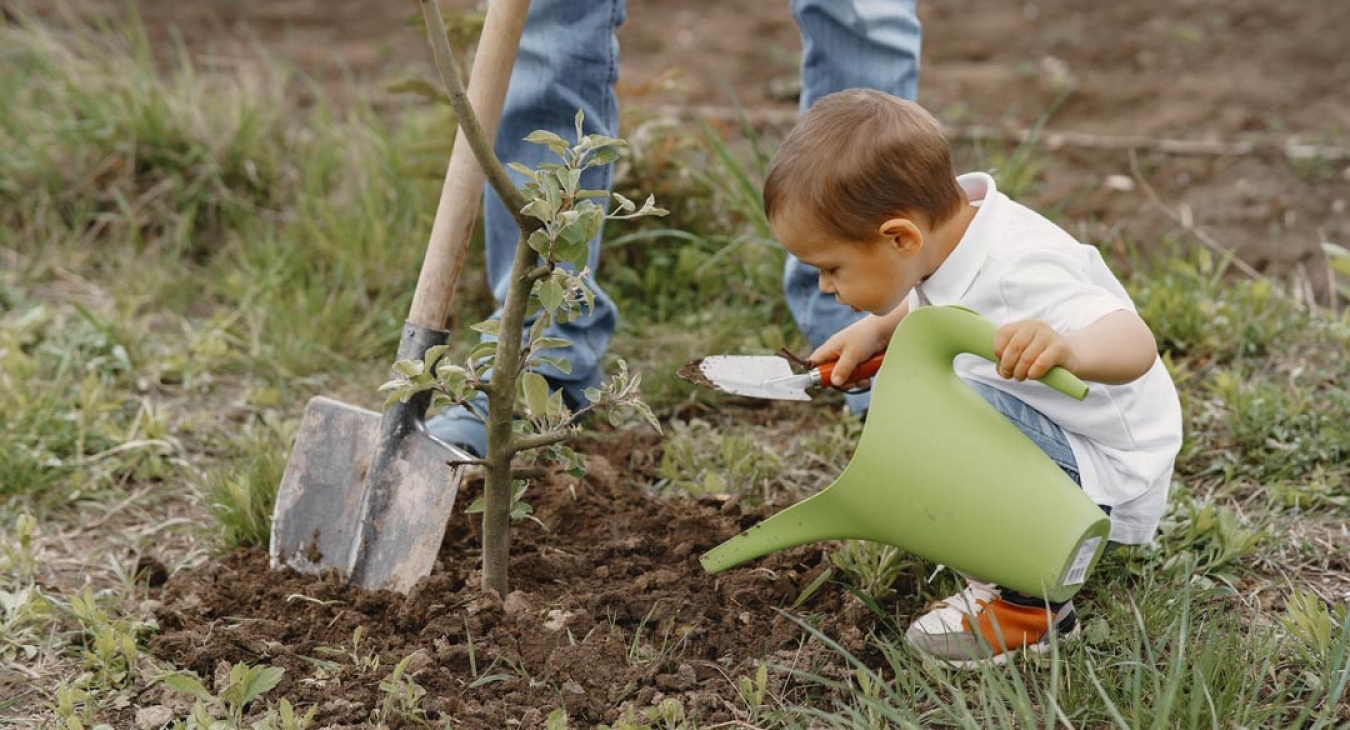
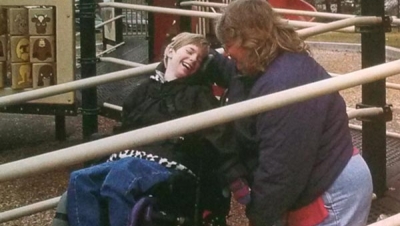
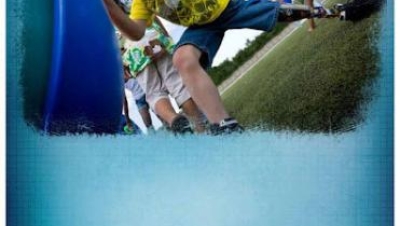

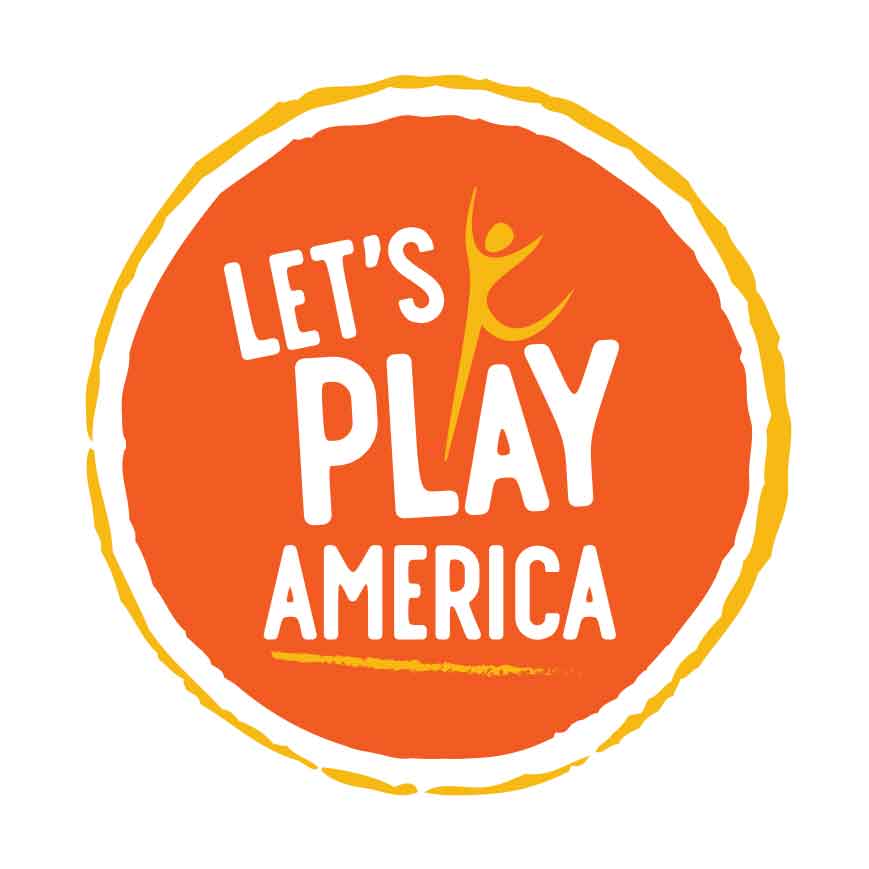



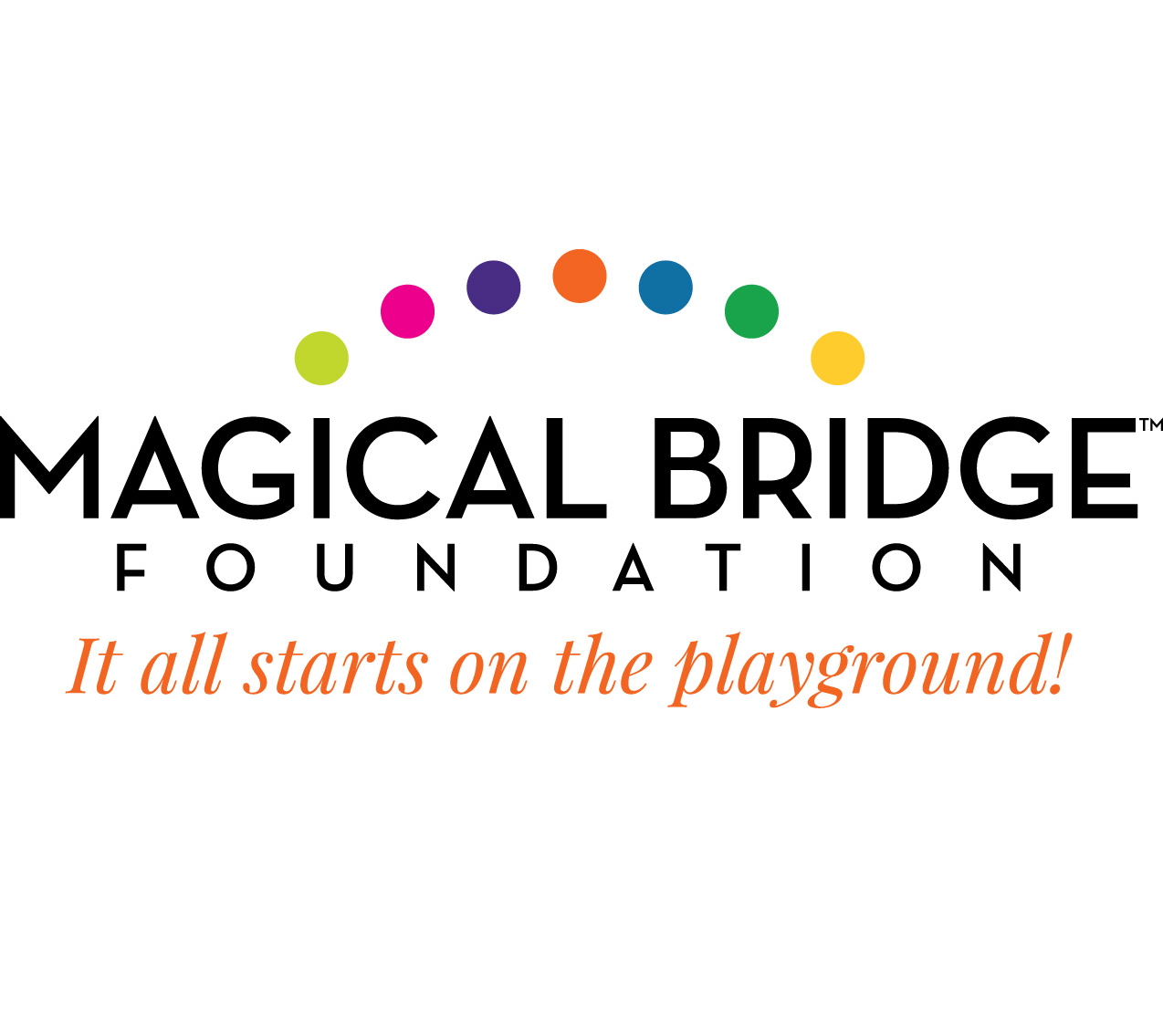

Add new comment